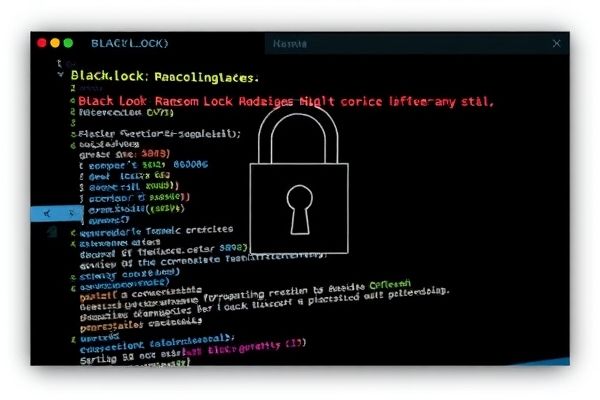In the volatile realm of cybersecurity, ransomware threats persistently evolve and adapt. The recent exposure of vulnerabilities within the BlackLock ransomware group through their data leak site (DLS) sets a precedent for understanding how to combat these threats. These findings not only cast light on BlackLock’s operations but also serve as essential lessons for the broader cybersecurity community.
\n
Key Takeaways:
\n
- \n
- Ransomware infrastructure can harbor critical vulnerabilities that, if exploited, provide insight into operational failures.
- Local File Inclusion (LFI) vulnerabilities can lead to significant data breaches and command history exposure.
- Many ransomware groups undergo rebranding and restructuring to maintain operational effectiveness.
- Collaborative ventures among rival ransomware factions can create an increased cybersecurity threat landscape.
\n
\n
\n
\n
\n
Resecurity’s investigation revealed that a misconfiguration in BlackLock’s DLS allowed researchers to exploit an LFI vulnerability, enabling unauthorized access to sensitive configuration files and command histories. This misstep not only signifies an operational security breach for BlackLock but also showcases the vital need for continuous security audits within cybercriminal infrastructure.
\n
BlackLock, a rebranded offshoot of the Eldorado ransomware group, has made its mark by targeting high-stakes sectors such as finance, construction, and technology. With 46 victims reported across various countries, their reach is extensive, emphasizing the importance of vigilance in these industries.
\n
Important findings during this investigation include:
\n
- \n
- The use of Rclone for efficient data exfiltration to MEGA cloud storage, with indications that this client was even installed on impacted systems.
- Disposable email accounts were created for data storage purposes, further highlighting operational security weaknesses.
- Code similarities between BlackLock and the DragonForce ransomware indicate that techniques and strategies are being shared among ransomware vectors.
\n
\n
\n
\n
Interestingly, the DragonForce group responded by defacing BlackLock’s DLS, taking advantage of the same vulnerabilities identified in the earlier research. This illustrates the complex dynamics of rivalries and potential collaborations within cybercrime, making it increasingly challenging for defenders to anticipate movements.
\n
Ultimately, the vulnerabilities exposed within BlackLock reinforce the necessity for organizations to fortify their cybersecurity measures. Staying updated on such emerging threats and implementing proactive security protocols is essential to mitigate risks posed by ransomware.
\n
For additional insights into vulnerabilities and risks, consider reviewing CVE-2024-4577 exploit analysis, common injection attack types, and potential supply chain risks detailed in this analysis.
\n
Finally, to remain abreast of developing threats, explore discussions around the backdoor vulnerabilities in AI applications that could impact your organization’s security posture.



